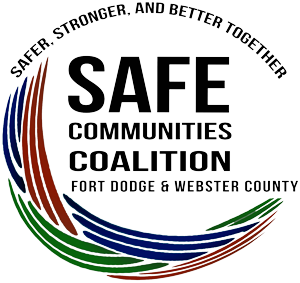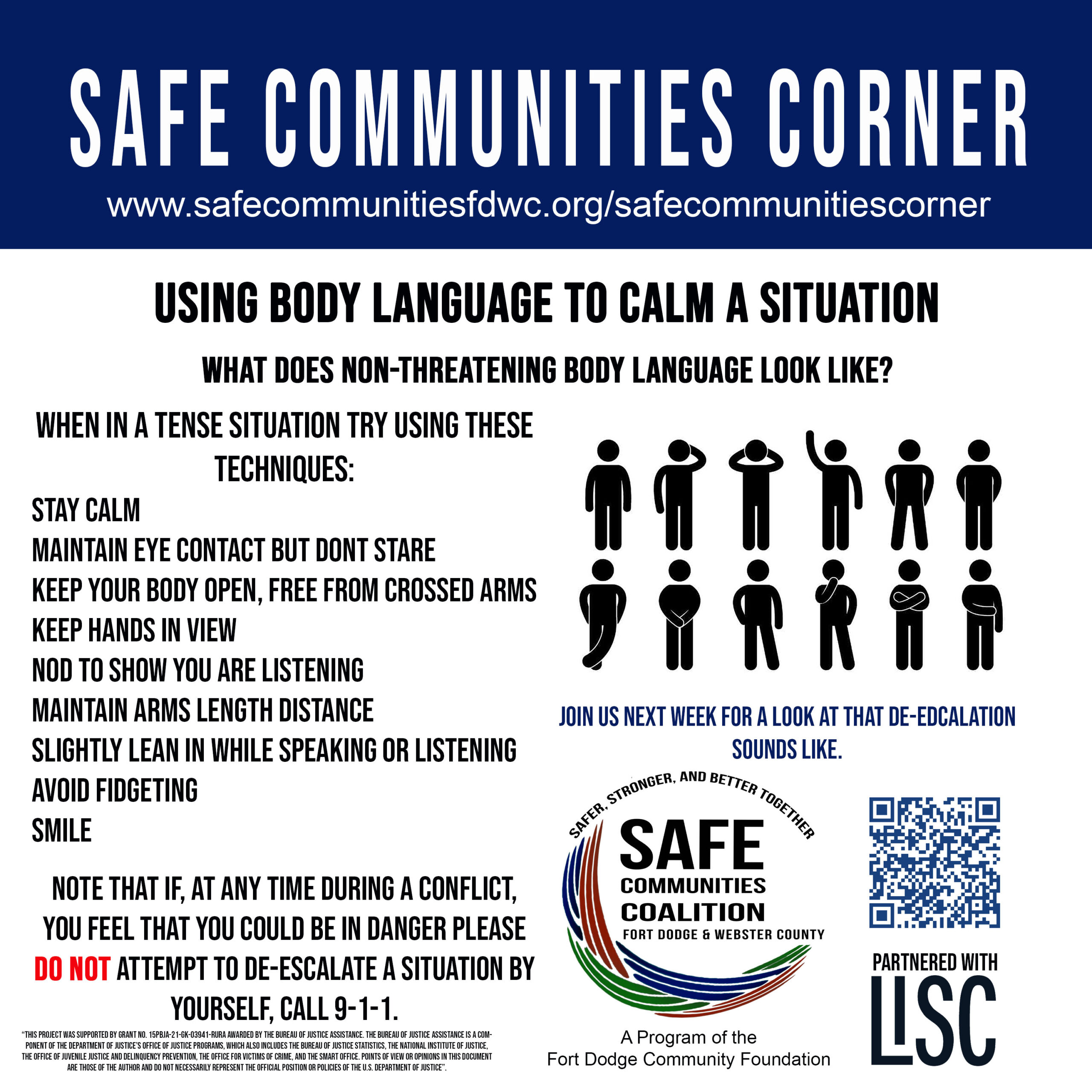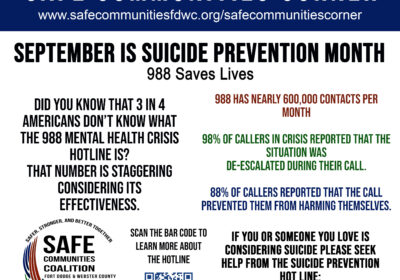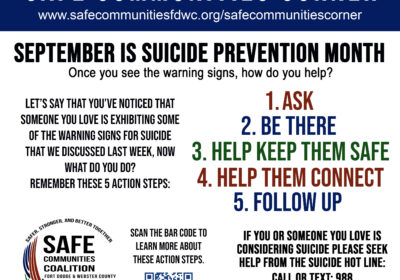Did you know that human beings subconsciously mirror each other’s demeanor? Think about it for a second; what do you do when someone smiles at you? Chances are, you smile back. What about when someone is waving an angry finger at you? It’s natural to get irritated and cross, especially if it’s undeserved or unexpected. Emotional maturity is learning to control our natural responses and interact with others in a healthy and productive manner (even if they aren’t doing the same).
Being aware of how we are responding to someone whose mood is escalating to a point of anger or aggression is a must if your goal is to de-escalate. Are they controlling the mood in the room, or, can you put up the proverbial ‘mirror’ and reflect a calm presence in hopes that they will mimic YOUR emotional state? Body language is an outward signal to how we are feeling internally, and likely one of the first things that someone will pick up on when you enter the room. Let’s look at how your body language can set the stage for taking control of the room’s atmosphere to bring peace to a tense situation and alleviate further escalation.
“Open” body language is perceived as non-threatening and gives a relatable impression. When someone is upset, most of the time, they just want to know that someone is listening. Here are some techniques you can use as you approach someone to make sure they feel heard and valued (even if you don’t value their method of communication):
Stay calm: This is the most crucial part of being able to maintain open body language. As soon as you begin to tense up, your body will automatically reflect that.
Maintain eye contact, but don’t stare: Good eye contact is a sign that they have your full attention and sincerity, just make sure that you aren’t giving the impression that you are staring which will make them feel self-conscious and defensive.
Keep your body open, free from crossed arms: Crossed arms and legs can indicate that you are uninterested. Keeping your body open indicates willingness to help problem solve and exhibits a lack of defensiveness (something you would like them to mirror).
Maintain at least one arms length distance: This serves two purposes, 1.to respect their personal space and 2. to protect yourself.
Keep hands in view: This denotes sincerity, especially open palms.
Nod to show you are listening and slightly lean in while speaking or listening: Both of these behaviors show that you are actively listening and fully engaged in the conversation.
Avoid fidgeting: This demonstrates nervousness or distraction, neither of which you want to convey when trying to take control of a situation.
Smile: A genuine smile reflects sincerity and warmth. (It’s hard to be angry with someone who is smiling.)
Again, I want to stress that if, at any point, you feel like you have lost the ability to de-escalate a situation and it seems to be getting worse, please call 911 or let someone with more experience step in.
You can put these practices to use in everyday conversations. See what kind of response you get when you implement these strategies with your family and friends. You never know…you might see an improvement in communication where you least expect.
Next week we will talk about what de-escalation SOUNDS like: the things you should and should not say to diffuse a tense situation.



